Pasilla and guajillo chiles are two of the most popular dried peppers in Mexican cuisine. Pasilla chiles (dried poblanos) are milder (1,000-2,500 SHU) with deep, smoky, dried fruit flavors, while guajillo chiles (dried mirasol peppers) are slightly hotter (2,500-5,000 SHU) with bright, tangy, berry-like notes. This guide breaks down their key differences, heat levels, flavor profiles, and best uses to help you choose the perfect pepper for your recipes.
Head-to-Head Comparison Chart
| Feature | Pasilla Chile | Guajillo Chile |
|---|---|---|
| Origin | Oaxaca, Puebla, Michoacán (Mexico) | Northern Mexico |
| Color | Dark brown to black | Reddish-brown |
| Shape | Long, narrow, wrinkled | Curved, smooth skin |
| Heat Level (Scoville Units) | 1,000 – 2,500 SHU | 2,500 – 5,000 SHU |
| Flavor Profile | Earthy, smoky, prune, raisin, licorice | Berry, tea-like, citrus, sweet |
| Common Uses | Moles, soups, stews | Sauces, marinades, adobos |
What Is Pasilla Chile?
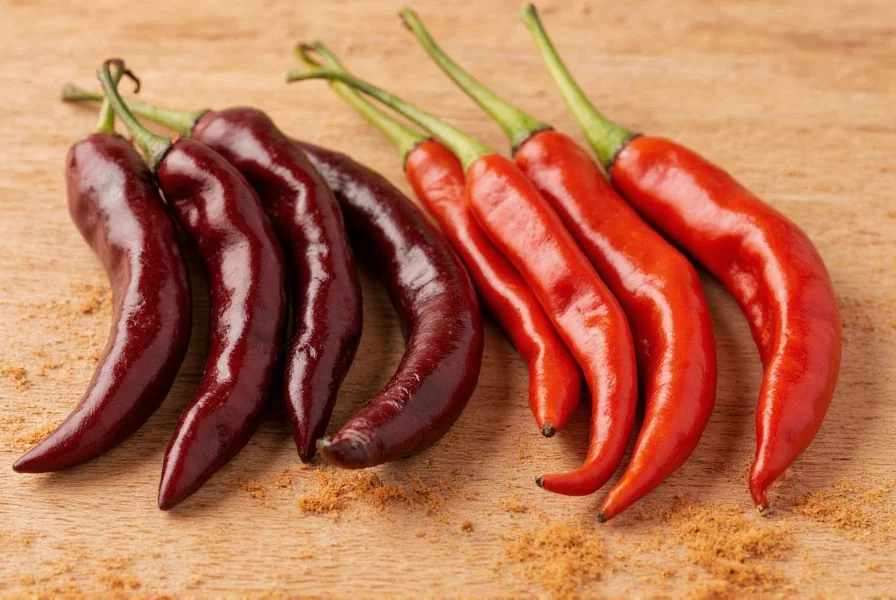
The pasilla chile, also known as chile negro or pasilla bajío, is the dried form of the poblano pepper. Native to Mexico, especially the states of Oaxaca and Michoacán, pasilla chiles are dark green to almost black in color and have a wrinkled, slender appearance.
When fresh, they are called poblanos, and they are often used in dishes like chiles rellenos. Once dried, they become pasillas and are prized for their deep, complex flavor profile with hints of dried fruit, licorice, and chocolate.
What Is Guajillo Chile?
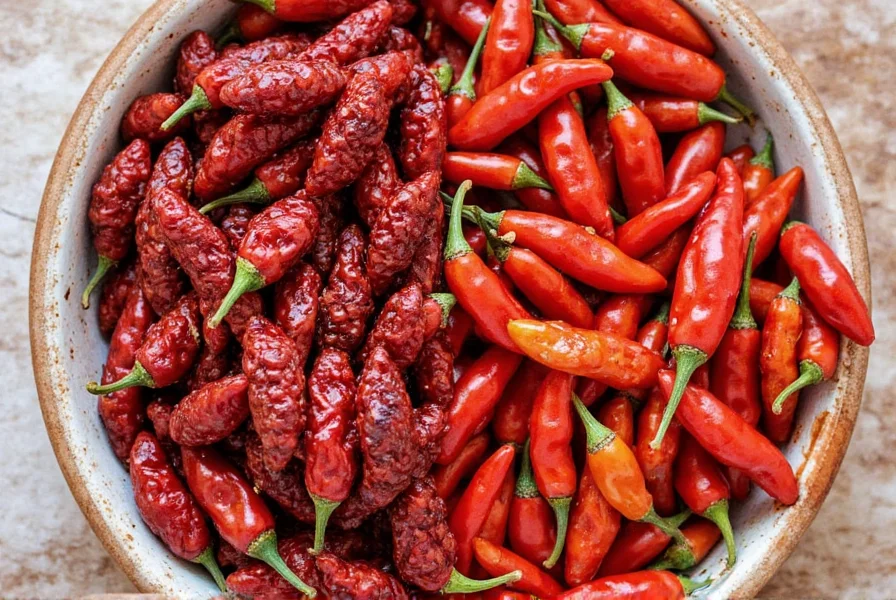
The guajillo chile is the dried version of the mirasol pepper. It's one of the most widely used chiles in Mexican cuisine, especially in northern regions. Guajillos are reddish-brown in color, smooth-skinned, and slightly curved.
Known for its bright, tangy flavor and moderate heat, guajillo adds a fruity, berry-like undertone to sauces and soups. It pairs well with meats like pork and chicken and is a staple in adobo blends and moles.
Heat Levels Compared
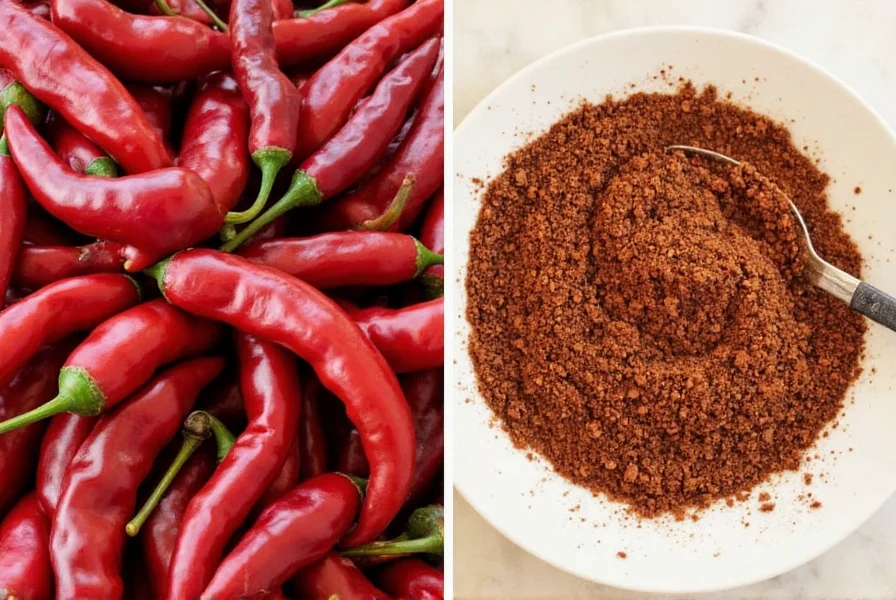
One of the first questions people ask when comparing pasilla chile vs guajillo is about their heat level. Here's how they stack up:
- Pasilla Chile: Milder, ranging from 1,000–2,500 Scoville Heat Units (SHU). Comparable to a jalapeño but more earthy and less "sharp" in spice.
- Guajillo Chile: Slightly hotter, usually between 2,500–5,000 SHU. Similar to serranos in heat intensity but with a smoother, more balanced burn.
If you prefer a mellow warmth without overwhelming spice, pasilla may be your go-to. If you want a bit more kick with layers of flavor, guajillo could be your favorite.
Flavor Profiles: Sweet, Smoky, or Fruity?
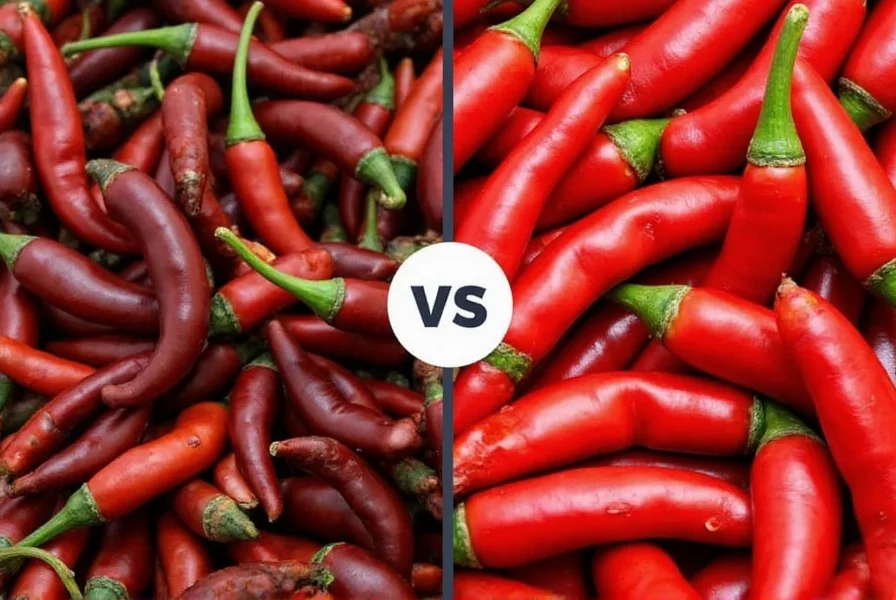
While both chiles bring complexity to dishes, their flavor profiles differ significantly:
Pasilla Chile Flavor
- Smoky and Earthy: Think of rich soil after rain, with a slight char.
- Dried Fruit Notes: Hints of prune, raisin, fig, and even plum.
- Subtle Spices: Licorice, anise, and sometimes a touch of cocoa or coffee bean.
Ideal for dishes where depth and richness are key, like mole poblano or braised meats.
Guajillo Chile Flavor
- Fruity and Tangy: Like sun-dried tomatoes mixed with red berries.
- Citrus Undertones: A hint of lemon peel or orange zest.
- Tea-like Complexity: Slight tannic quality similar to black tea.
Great for salsas, marinades, and anything needing brightness with a little fire.
Culinary Uses: Best Dishes for Each Chile
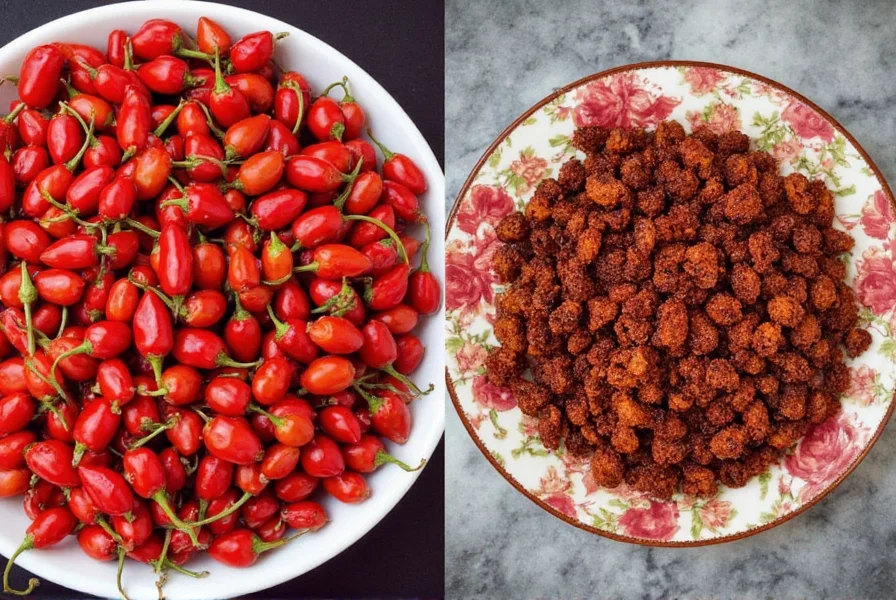
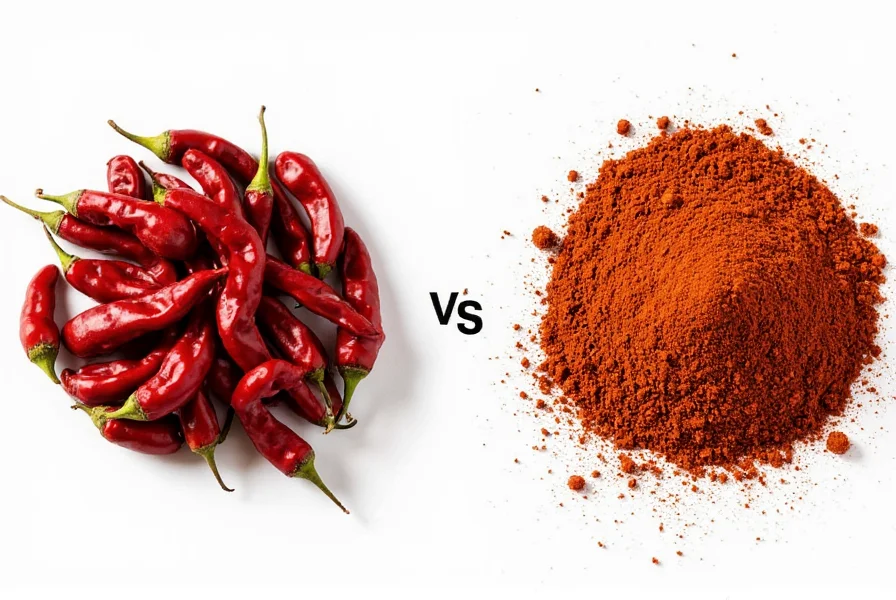
Let's dive into some traditional and modern applications of each chile:
Pasilla Chile Recipes
- Mole Poblano: The backbone of this iconic sauce, giving it that deep, smoky sweetness.
- Rajas con Crema: Roasted strips of poblano (fresh pasilla) with cream and cheese.
- Chiles en Nogada: Stuffed chiles topped with walnut cream and pomegranate seeds.
- Stews & Braises: Adds a rich, grounding flavor to long-cooked meat dishes.
Guajillo Chile Recipes
- Adobo Sauces: A cornerstone of chipotle and barbecue-style marinades.
- Salsa de Molcajete: Crushed with garlic and tortilla chips for a rustic table sauce.
- Pozole Rojo: Lends a vibrant color and mild heat to this traditional hominy soup.
- Carne Asada Marinade: Adds zing and color without overpowering the beef.
Buying Guide: How to Choose the Best Dried Chiles
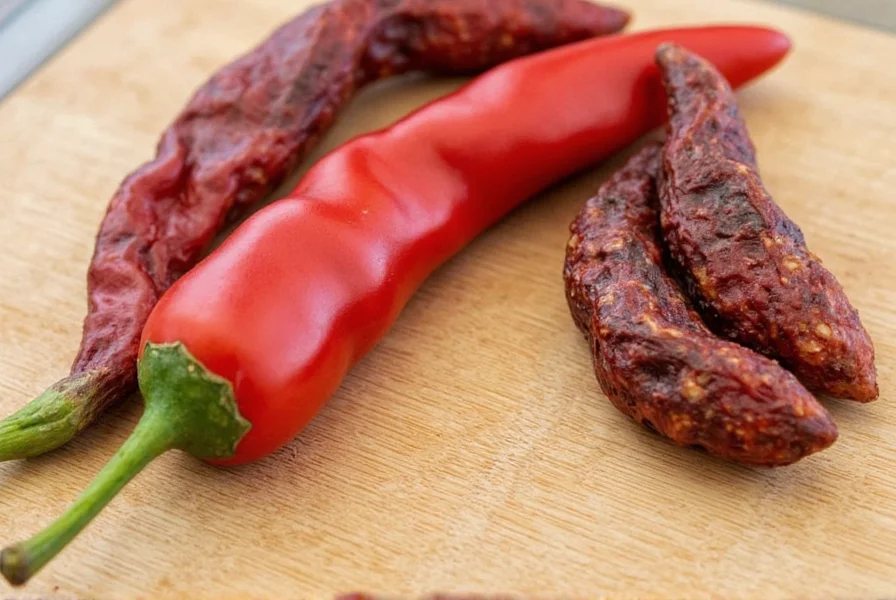
Whether you're shopping at a local market or online, here's how to pick high-quality pasilla and guajillo chiles:
Look for These Features:
- Appearance: Firm but pliable, not brittle or broken. Avoid moldy spots or discolored patches.
- Color: For pasilla, a deep black-brown hue; for guajillo, a consistent reddish-brown tone.
- Aroma: Strong, earthy (for pasilla) or fruity (for guajillo), not musty or stale.
- Texture: Smooth and flexible. Dry and leathery, but not cracking when bent.
Best Brands and Where to Buy:
- Hatch: Known for premium dried chiles, especially for guajillo.
- El Yeyo: Authentic Mexican brand with reliable flavor profiles.
- Goya: Widely available and affordable, good for everyday use.
- La Costeña: Offers whole and ground versions with great aroma.
Pro Cooking Tips: Rehydrating and Using Dried Chiles
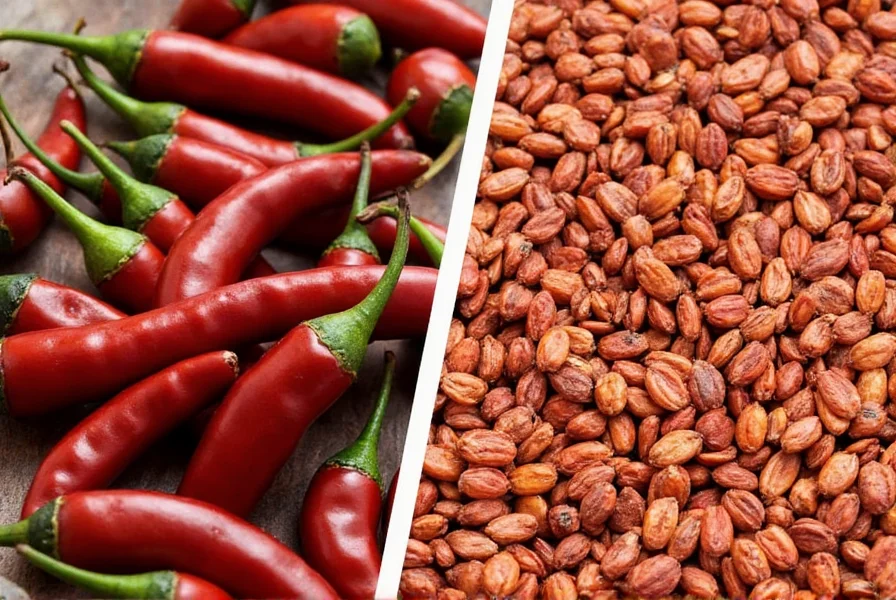
Using dried chiles can seem intimidating at first, but once you get the hang of it, they'll become your secret weapon in the kitchen. Here's how to make the most out of them:
How to Rehydrate Dried Chiles
- Remove Seeds and Stems: Cut open the chile and shake out the seeds. Wear gloves to avoid capsaicin burns.
- Toast for More Flavor: Lightly toast them in a dry pan for 10–15 seconds per side. This enhances nuttiness and aroma.
- Soak in Hot Liquid: Use water, broth, or even vinegar. Let them soak for 20–30 minutes until soft.
- Blend into Sauce: Drain the soaking liquid (or save it for extra flavor) and blend the chiles into a paste using a blender or immersion blender.
Alternative Prep Methods:
- Use Whole: Simmer them directly in soups or stews for a background flavor.
- Make Chili Powder: Dry roast and grind into powder for rubs or seasoning blends.
- Add to Stocks: Toss into homemade bone broth for a subtle chili background note.
Frequently Asked Questions
What's the main difference between pasilla and guajillo chiles?
The main difference lies in their origin, flavor profile, and heat level. Pasilla chiles (dried poblanos) are dark brown to black with an earthy, smoky flavor with dried fruit notes. Guajillo chiles (dried mirasol peppers) are reddish-brown with a brighter, tangy, berry-like flavor. Guajillo is also slightly hotter than pasilla.
Can I substitute pasilla for guajillo in recipes?
Yes, but with flavor considerations. Pasilla has a deeper, earthier profile while guajillo is brighter and fruitier. If substituting, you might need to adjust other ingredients. For pasilla, try mixing guajillo with a small amount of ancho chile. For guajillo, mix pasilla with a touch of cayenne for heat and a bit of citrus for brightness.
Which chile is hotter, pasilla or guajillo?
Guajillo is slightly hotter, ranging from 2,500-5,000 Scoville units, compared to pasilla's 1,000-2,500 units. However, both are considered mild to medium heat chiles. Guajillo's heat is more noticeable but still balanced by its fruity flavor.
Why is pasilla sometimes called "chile negro"?
Pasilla means "little raisin" in Spanish, referring to its dark color and wrinkled appearance. It's also called "chile negro" (black chile) because of its very dark brown to black color when dried. This can cause confusion as it's not related to the actual black chile varieties.
How should I store dried chiles to keep them fresh?
Store dried chiles in airtight containers in a cool, dark place. They'll stay fresh for 6-12 months. For longer storage, keep them in the freezer where they can last 1-2 years. Always check for musty smells or mold before using older chiles.
Can I use fresh poblanos instead of pasilla chiles?
Not directly. Pasilla is specifically the dried form of poblanos, so fresh poblanos have a completely different flavor profile - milder, greener, and less complex. If a recipe calls for dried pasilla, you'd need to dry fresh poblanos first, which isn't practical for most home cooks. It's better to use the specified dried chile.
What's the best way to rehydrate dried chiles?
First remove seeds and stems, then lightly toast in a dry skillet for 10-15 seconds per side. Soak in hot water, broth, or vinegar for 20-30 minutes until soft. For deeper flavor, save some soaking liquid to use in your recipe. Always blend rehydrated chiles for smooth sauces.
Conclusion: Pasilla Chile vs Guajillo—Which One Wins?
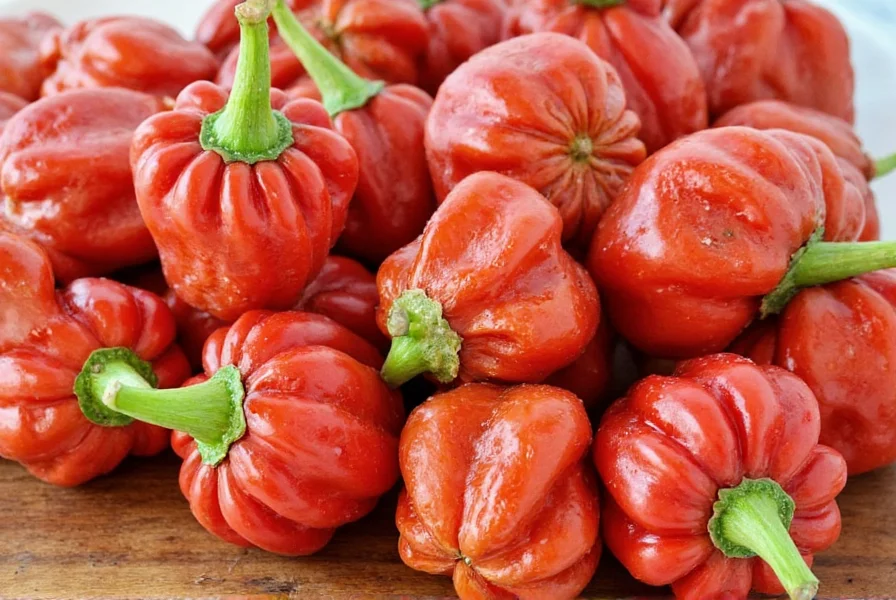
At the end of the day, there's no single winner in the pasilla chile vs guajillo showdown—it all depends on what you're making and how you like your spice:
- Choose Pasilla if you want a deep, earthy, smoky flavor with hints of dried fruit and licorice. Ideal for moles, stews, and any dish where you want boldness and depth.
- Go with Guajillo if you prefer a brighter, tangy, slightly sweeter note with moderate heat. Perfect for marinades, salsas, adobos, and red pozole.
Both chiles are staples of Mexican cuisine and deserve a spot in your pantry. Keep a stash of each on hand, and don't be afraid to mix and match them to create custom flavor blends that suit your taste buds.
Now that you've got the full lowdown on these two power players, it's time to get cooking! Grab a bag of pasilla and guajillo chiles, fire up your skillet, and let your taste buds take the journey through Mexico's rich and vibrant spice culture.

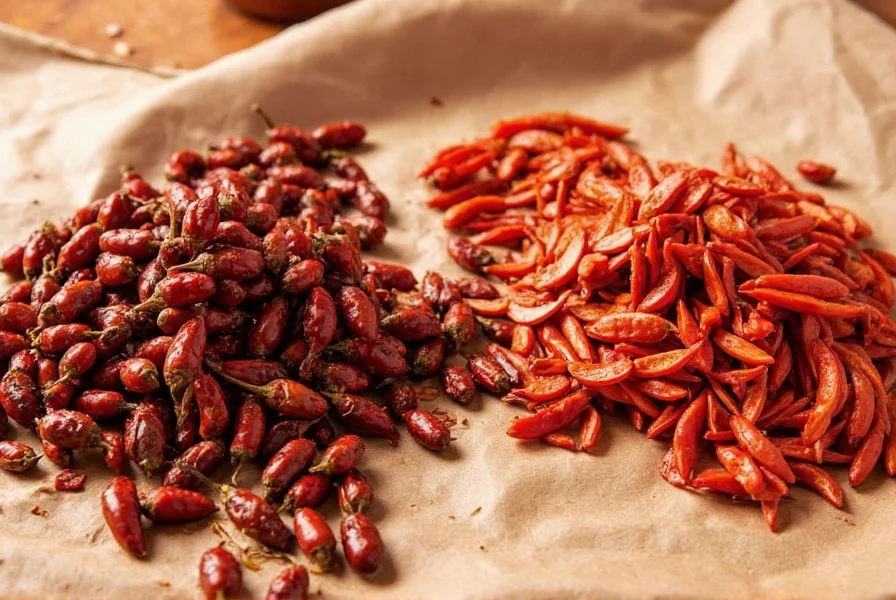









 浙公网安备
33010002000092号
浙公网安备
33010002000092号 浙B2-20120091-4
浙B2-20120091-4